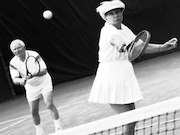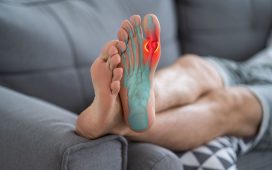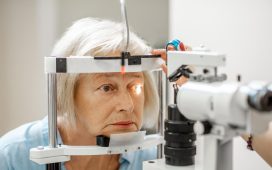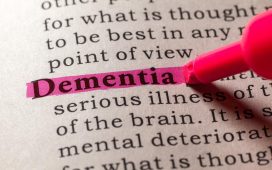BMI genetic risk score-BMI link attenuated in 70+ age group
TUESDAY, May 22, 2018 (HealthDay News) — Physical activity modifies the association between the body mass index (BMI) genetic risk score (GRS) and BMI, according to a study published online May 16 in Menopause.
Heather M. Ochs-Balcom, Ph.D., from the University at Buffalo in New York, and colleagues examined the main effects of the 95 single-nucleotide polymorphism BMI GRS and physical activity on BMI. The authors further examined whether physical activity and age modify the genetic associations. They used data from 8,206 women of European ancestry from the Women’s Health Initiative.
The researchers found evidence for modification of the BMI GRS-BMI association according to physical activity and age. In the crude model, there was a significant two-way interaction of BMI GRS × physical activity; as physical activity increased, the effect of the BMI GRS on BMI was smaller. The beta coefficient was 0.05 (P = 0.01) and 0.13 (P = 4.8 × 10−9) for the high-activity and sedentary groups, respectively. The three-way interaction including age was statistically significant. The BMI GRS-BMI association was attenuated in the 70+ age group and was no longer significant in the high-activity group. The beta coefficient was relatively small and nonsignificant in the 70+ high-activity group (beta = 0.02; P = 0.58) compared with the sedentary group (beta = 0.17; P = 2.5 × 10−7).
“Our study suggests that physical activity attenuates the influence of genetic predisposition to obesity, and this effect is more profound in the oldest age group,” the authors write.
Copyright © 2018 HealthDay. All rights reserved.








